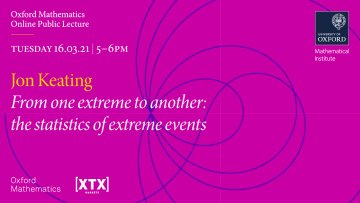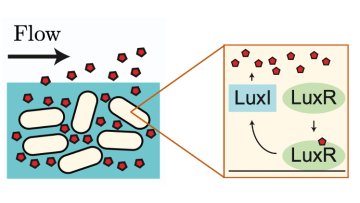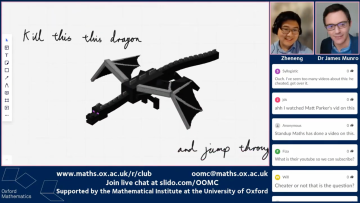The role of geometry in medicine
Abstract
Geometrical questions commonly arise in clinical practice: for example, what is the optimal shape for a particular medical device? or what shapes of anatomical structures are indicative of pathological events? In this talk we explore two disparate clinical applications of geometrical underpinning: (A) how to design the optimal device for kidney stone removal surgery? and (B) what blood vessel shapes are associated with biomechanical failure? (A) Flexible ureteroscopy is a minimally invasive treatment for the removal of kidney stones by irrigating dust-like stone fragments with a saline solution. Finding the optimal ureteroscope tip shape for efficient flushing of stone fragments is a pertinent but complex question. We represent the renal pelvis (the main hollow cavity within the kidney) as a 2D cavity and employ adjoint-based shape optimisation to identify tip geometries that shrink the size of recirculation zones thereby reducing stone washout times. (B) The aorta is the largest blood vessel in the body, with an archetypal arched “candy-cane” shape and is responsible for transporting blood from the heart to the rest of the body. Aortic dissection, in which the inner layer of the aorta tears, can lead to frank rupture and is often rapidly fatal. Accurate clinical assessment of dissection risk from a CT scan of a patient’s thorax is paramount to patient survival. We apply statistical shape analysis, coupled with hemodynamic simulations, to identify pathological shape features of the aortic arch and to elucidate mechanistic underpinnings of aortic dissection.




